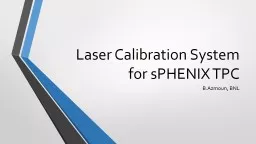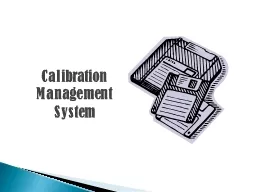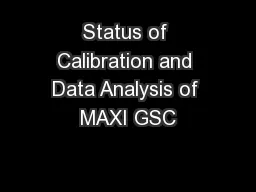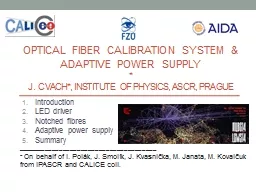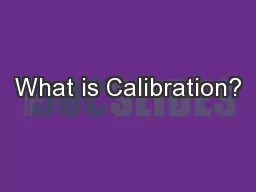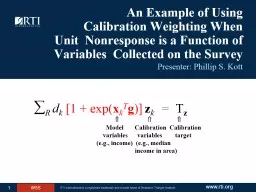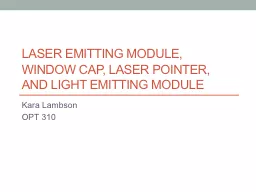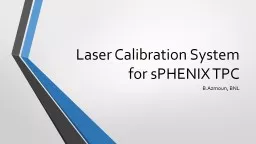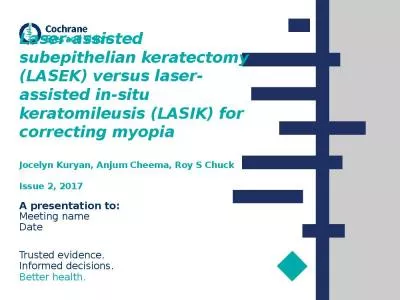PPT-Laser Calibration System for
Author : conchita-marotz | Published Date : 2019-02-09
sPHENIX TPC BAzmoun BNL Laser beams as a Calibration tool Objective Use 266nm laser 466eV to liberate charge along beam trajectory to simulate controlled particle
Presentation Embed Code
Download Presentation
Download Presentation The PPT/PDF document "Laser Calibration System for" is the property of its rightful owner. Permission is granted to download and print the materials on this website for personal, non-commercial use only, and to display it on your personal computer provided you do not modify the materials and that you retain all copyright notices contained in the materials. By downloading content from our website, you accept the terms of this agreement.
Laser Calibration System for: Transcript
Download Rules Of Document
"Laser Calibration System for"The content belongs to its owner. You may download and print it for personal use, without modification, and keep all copyright notices. By downloading, you agree to these terms.
Related Documents

